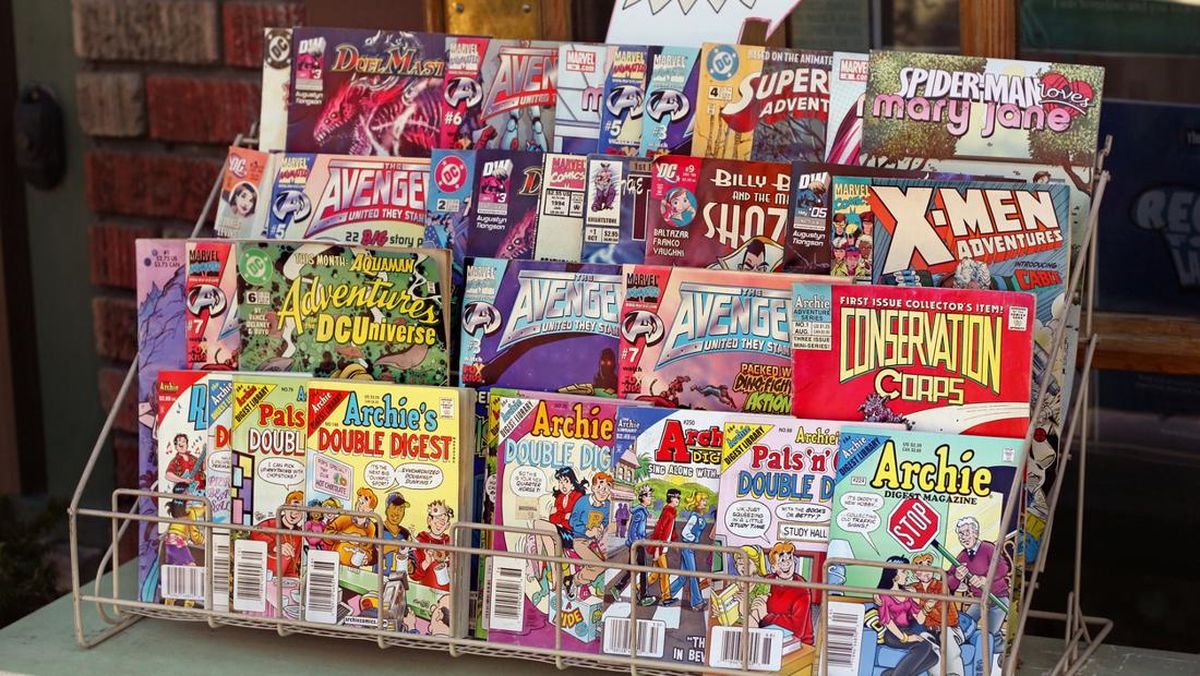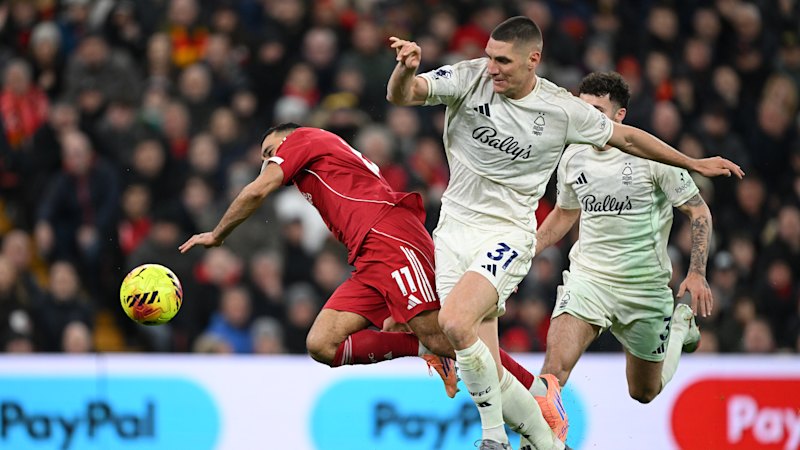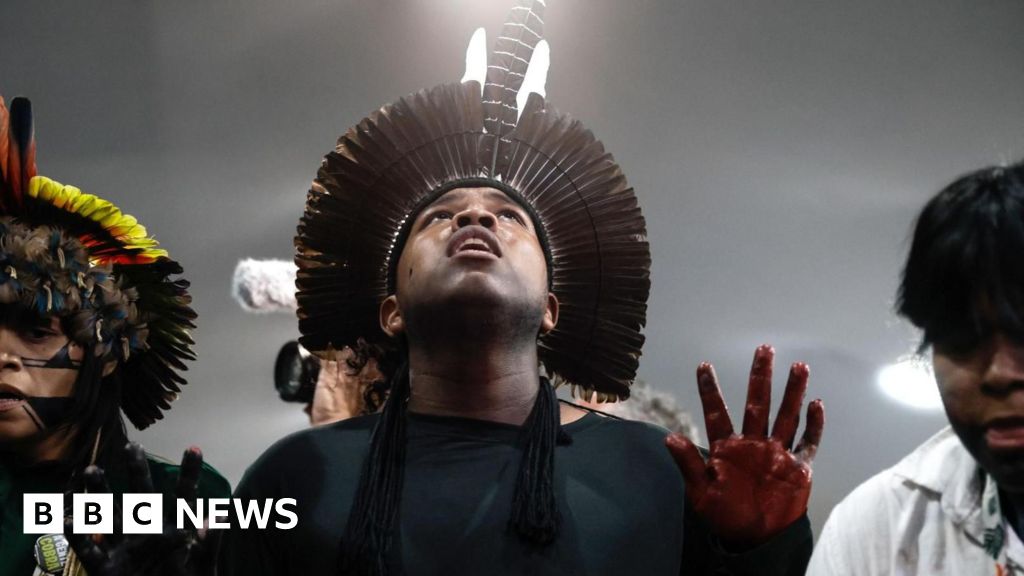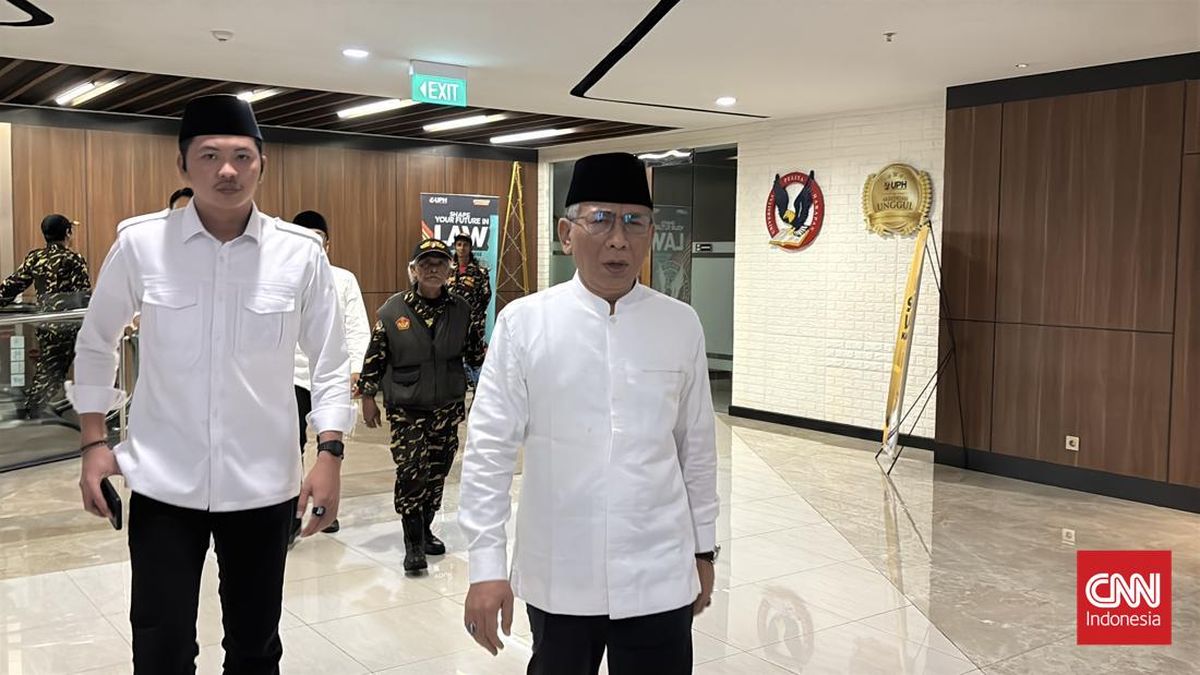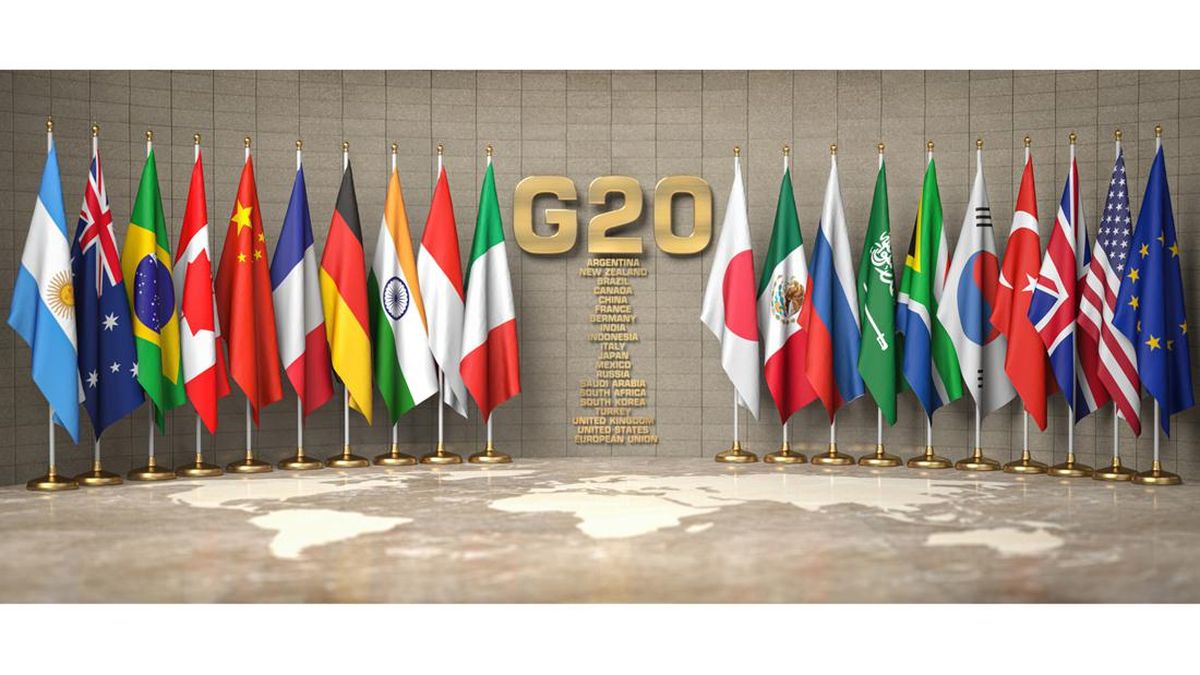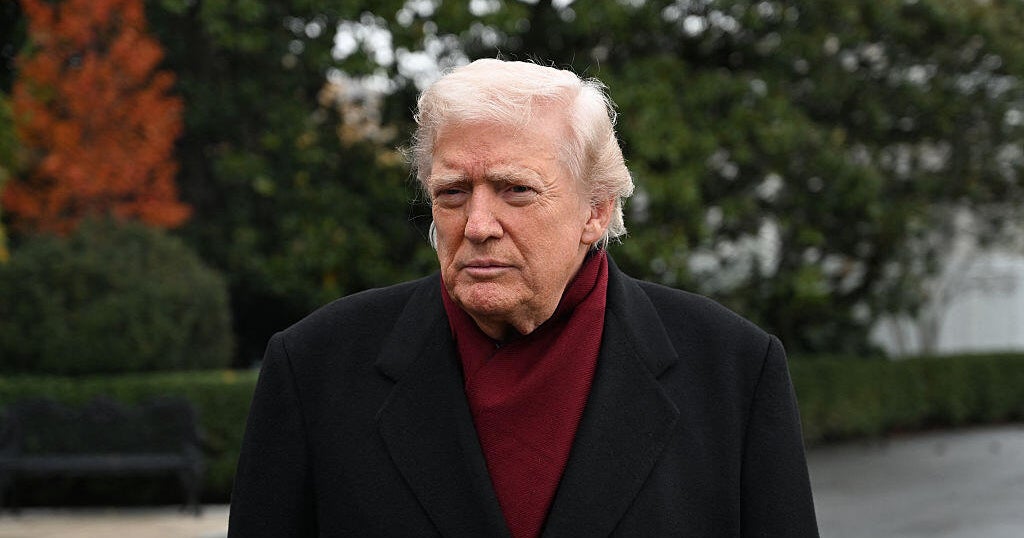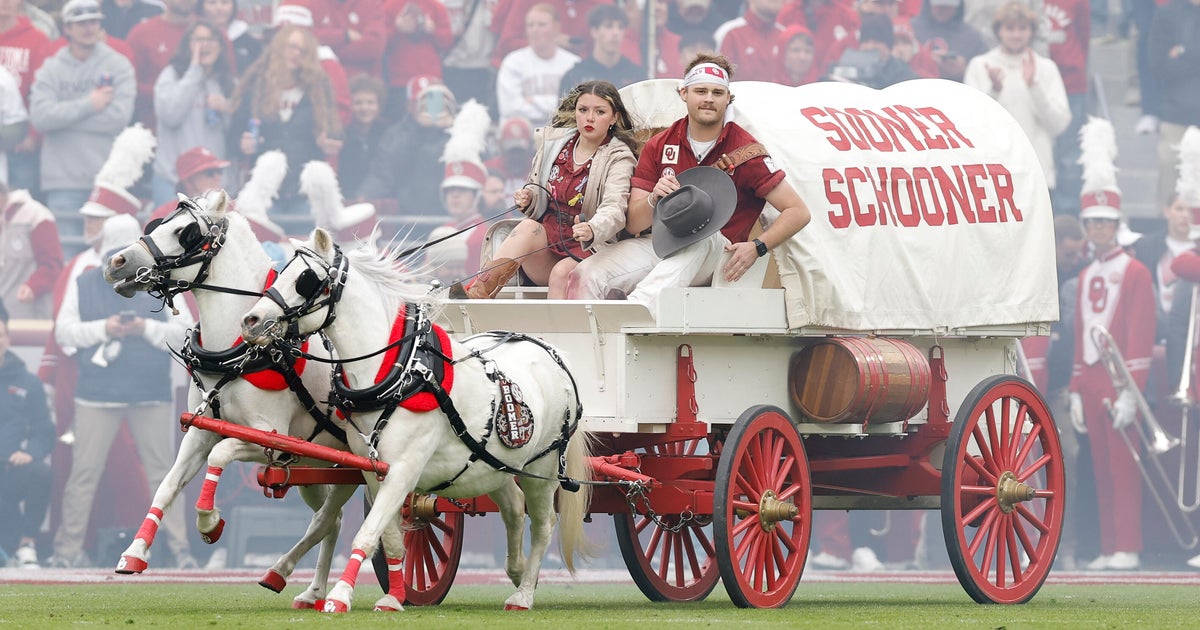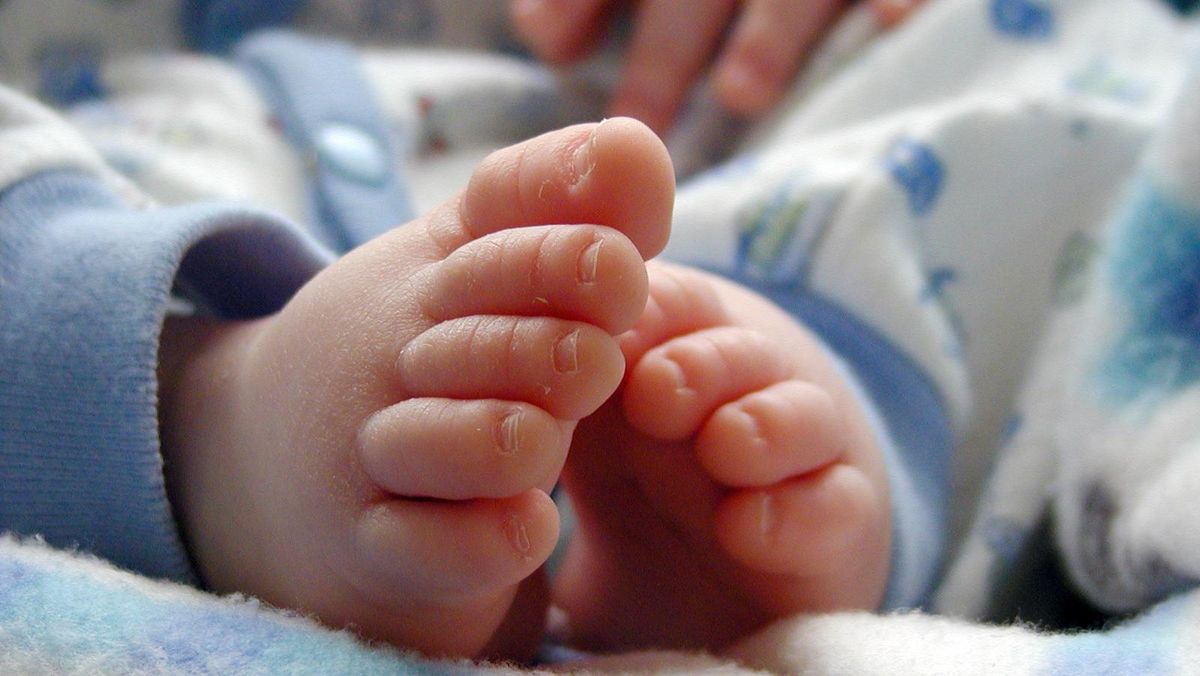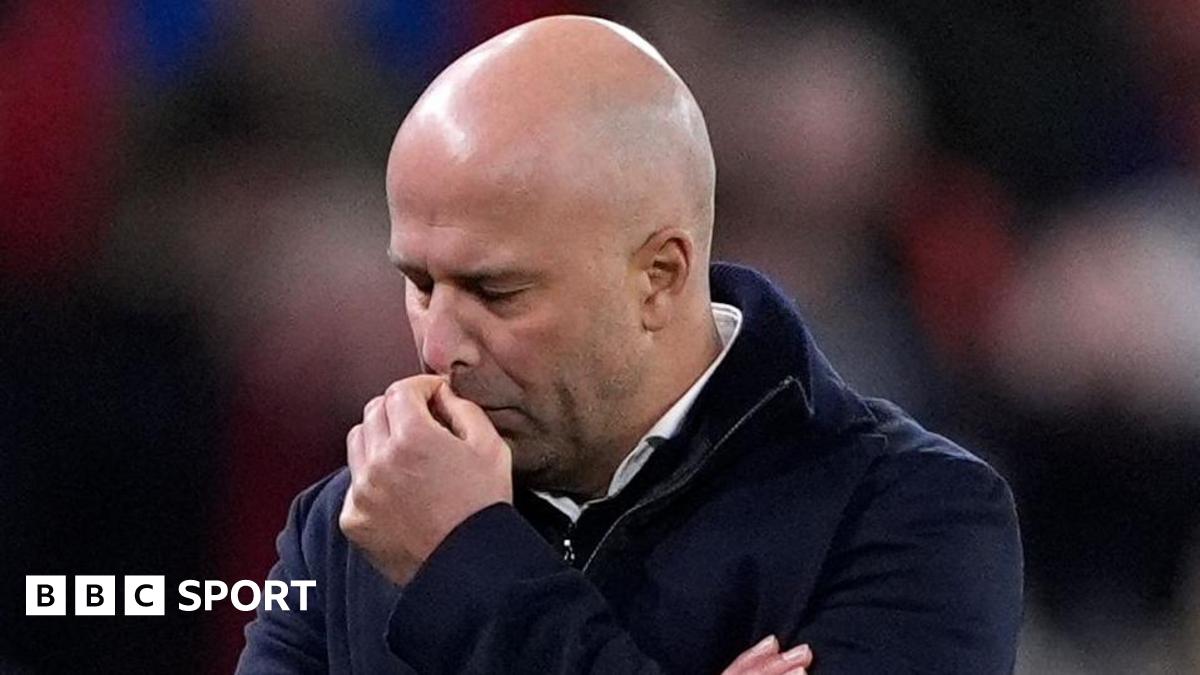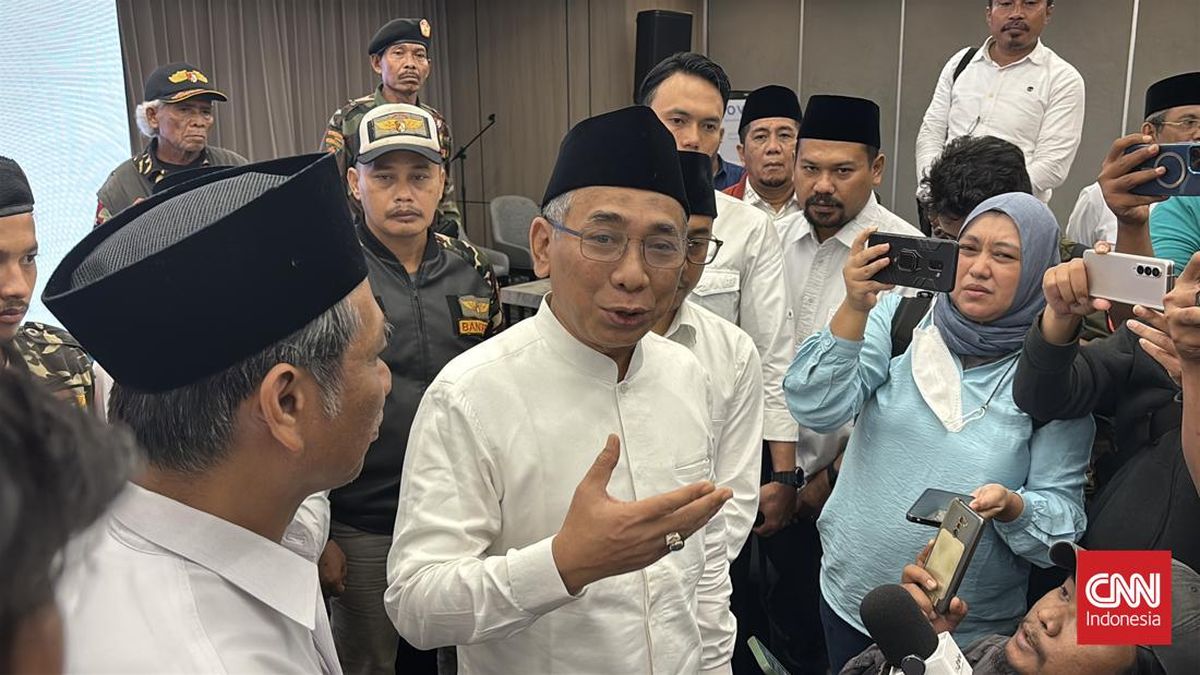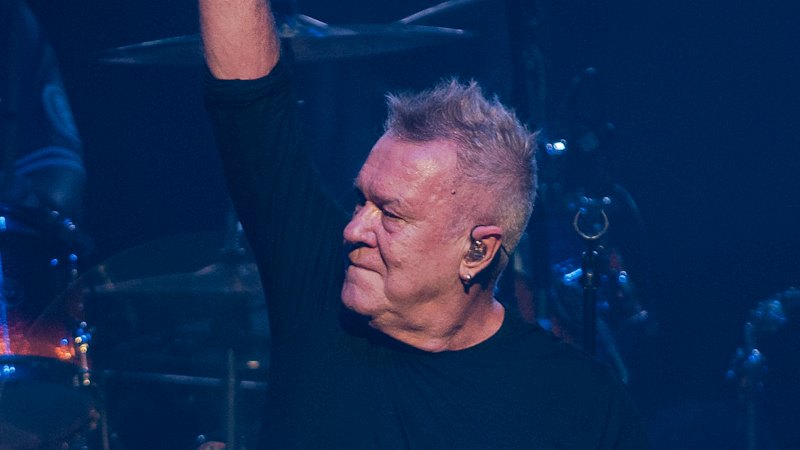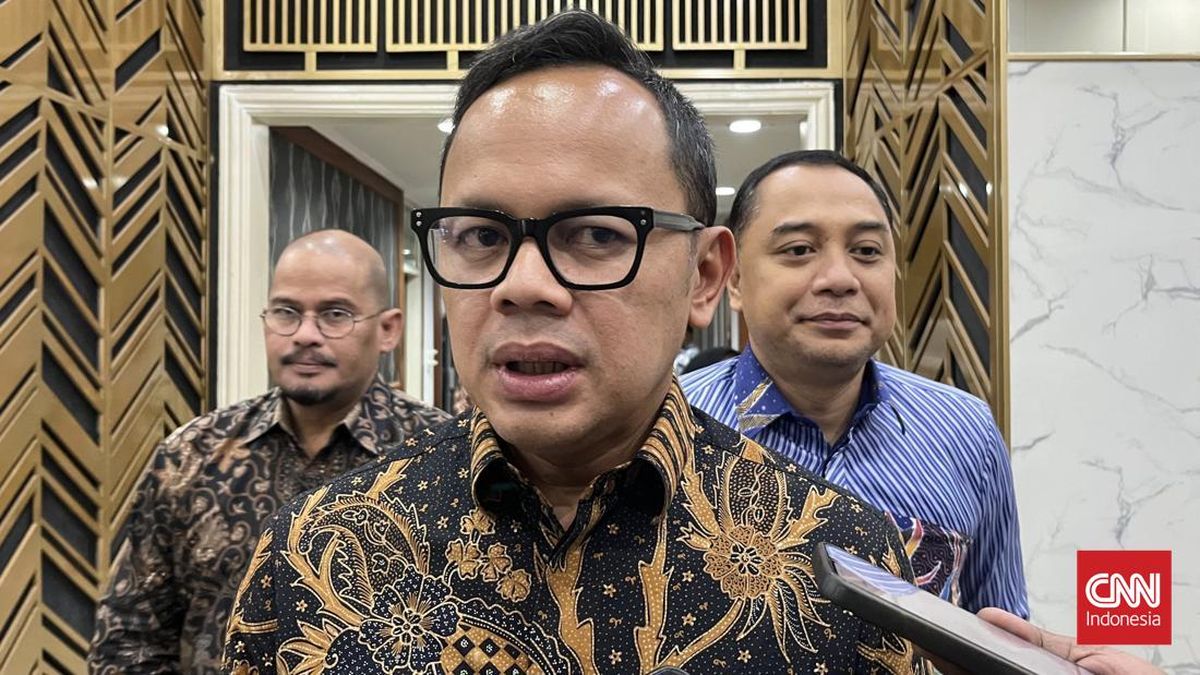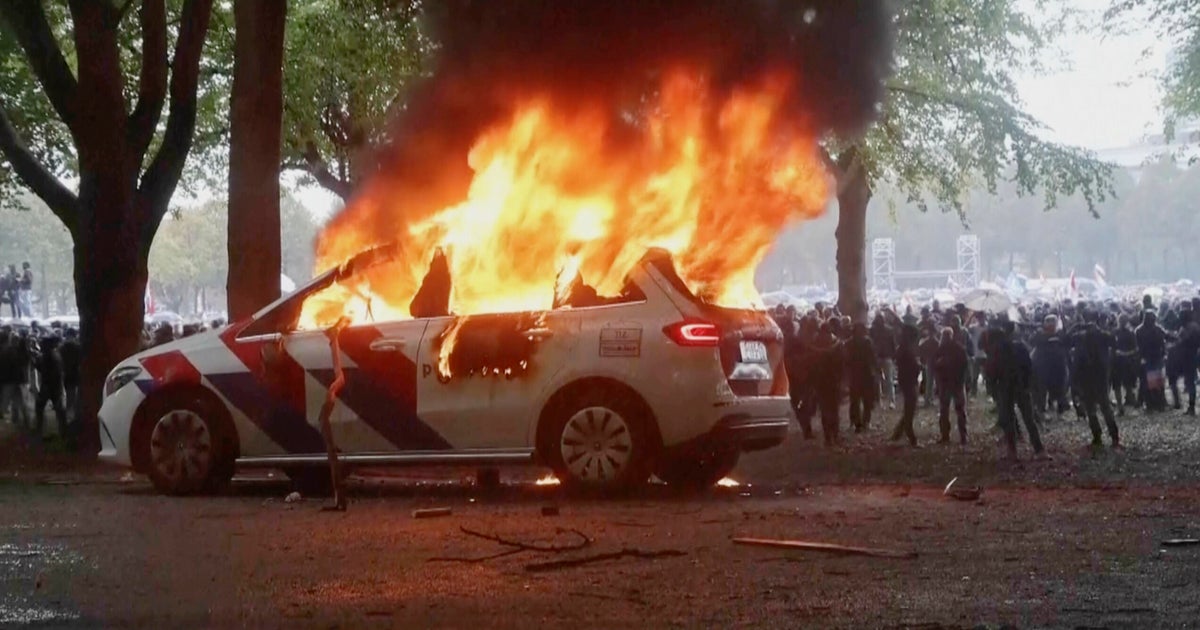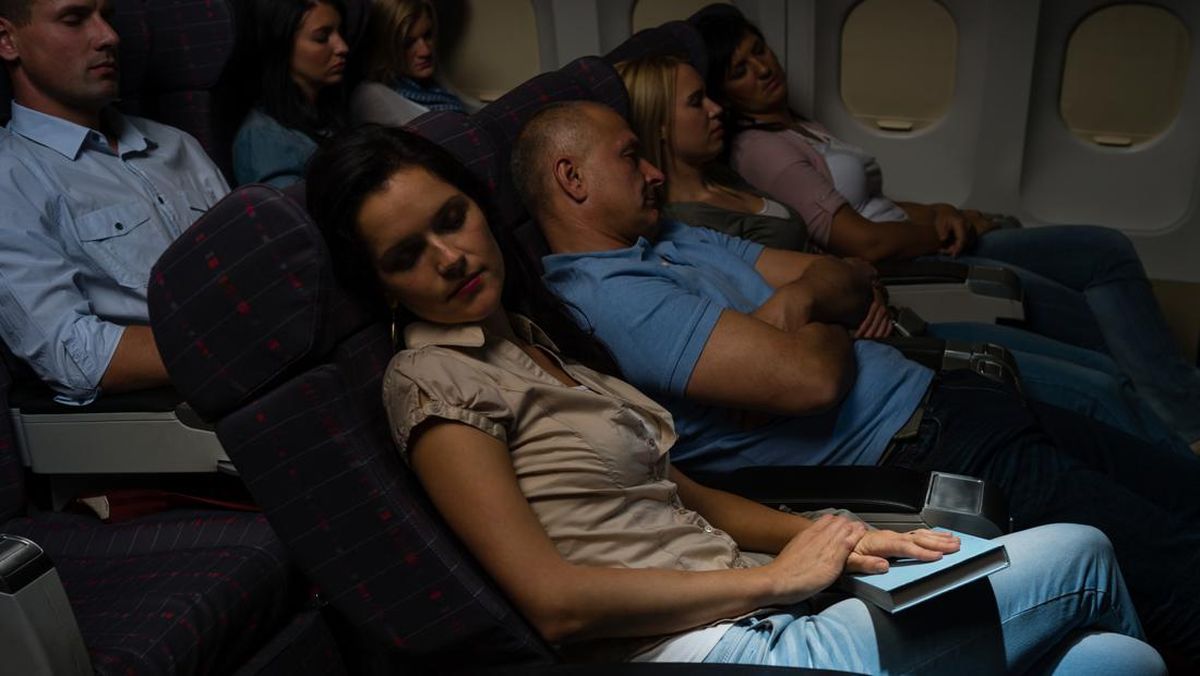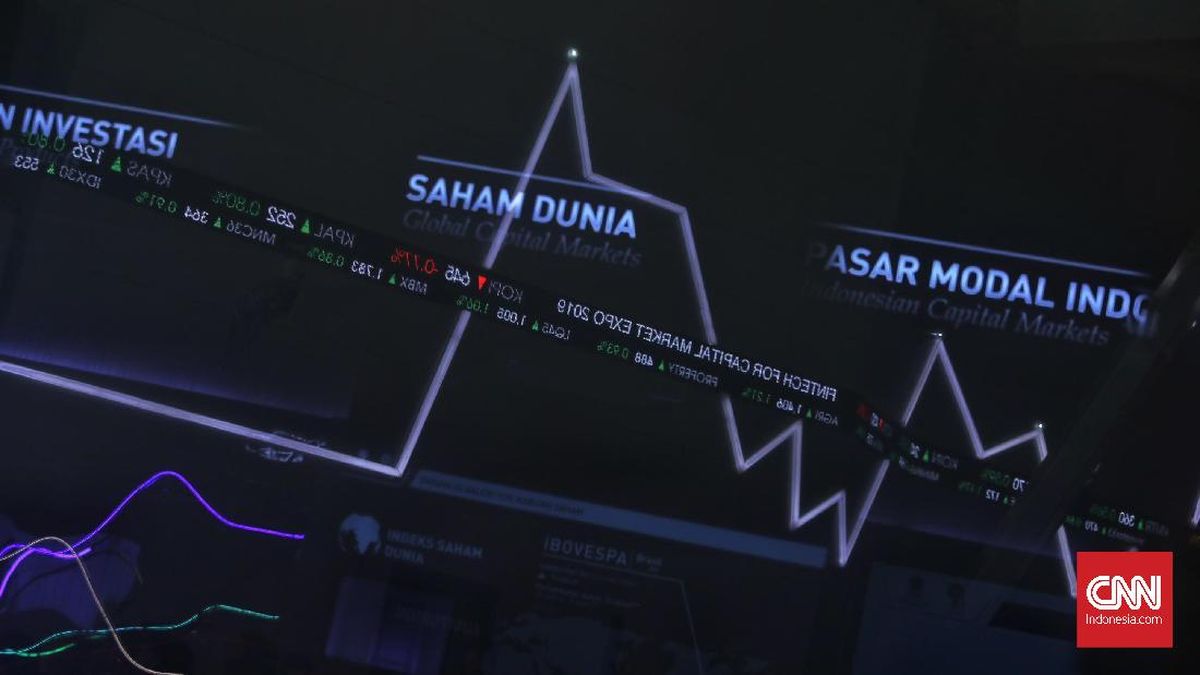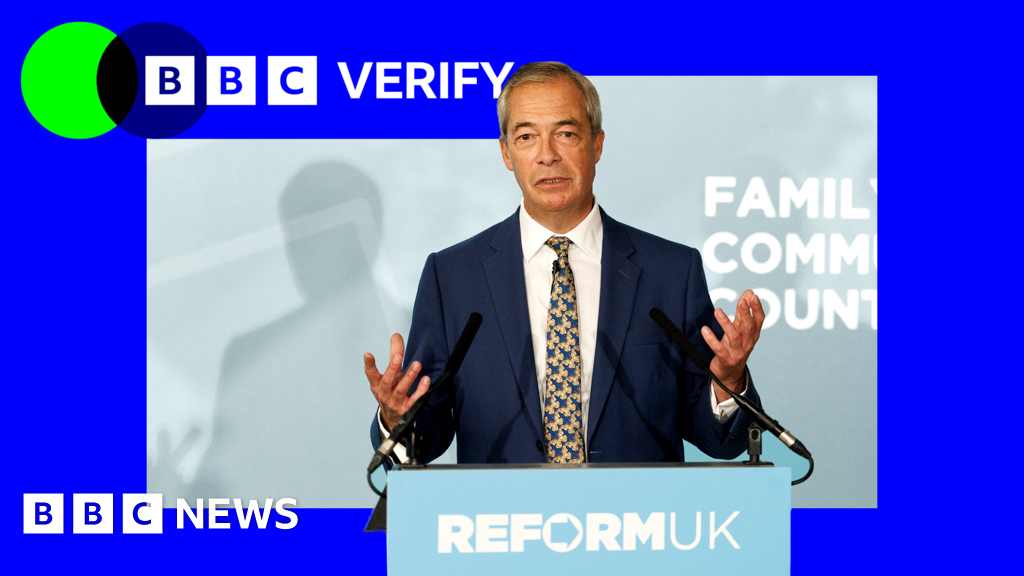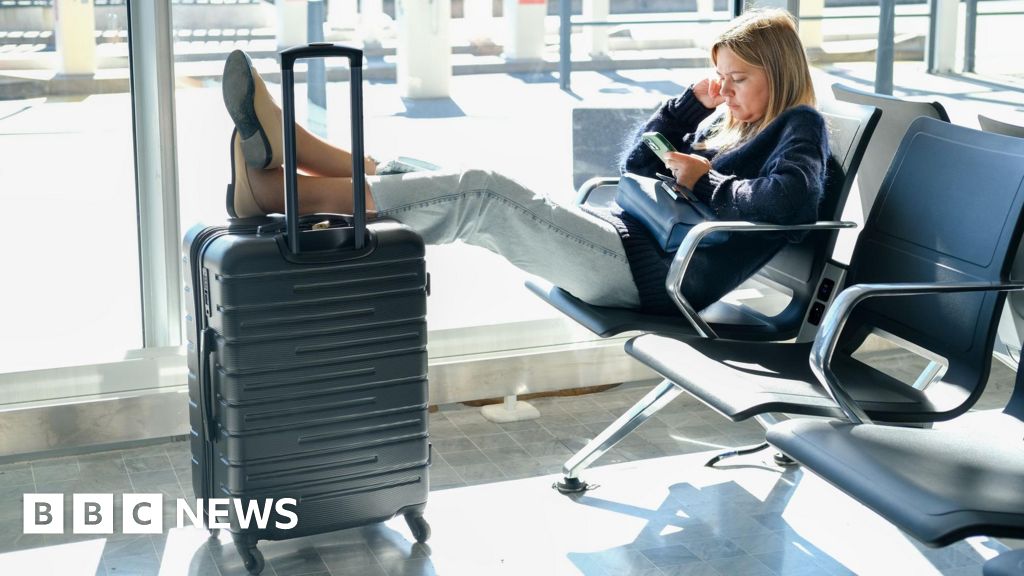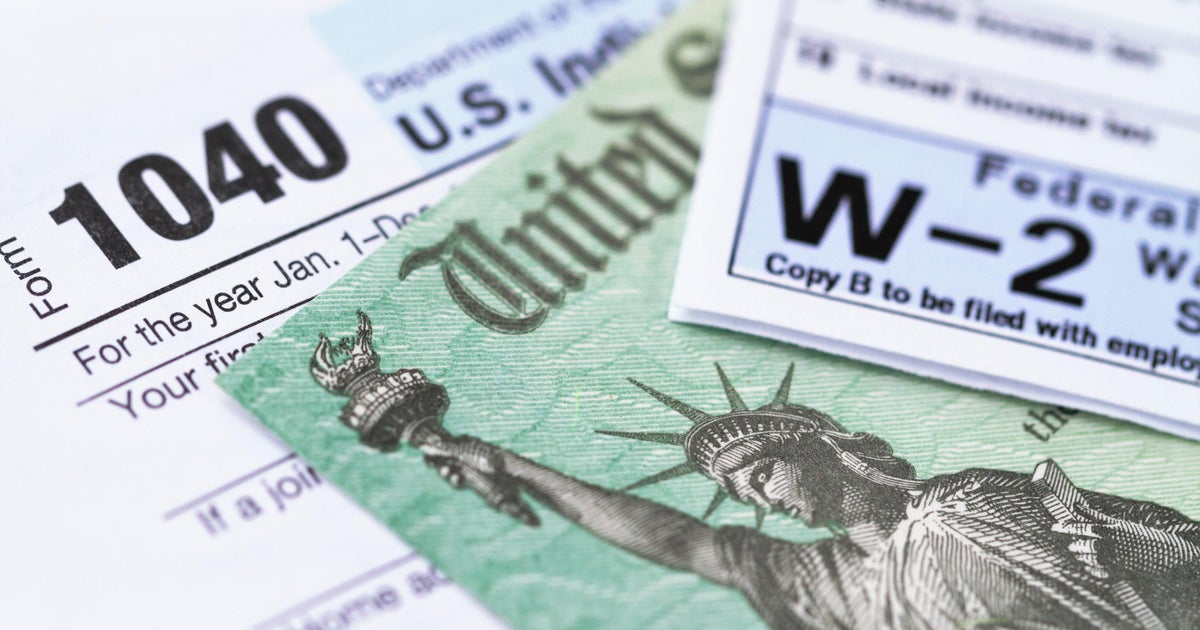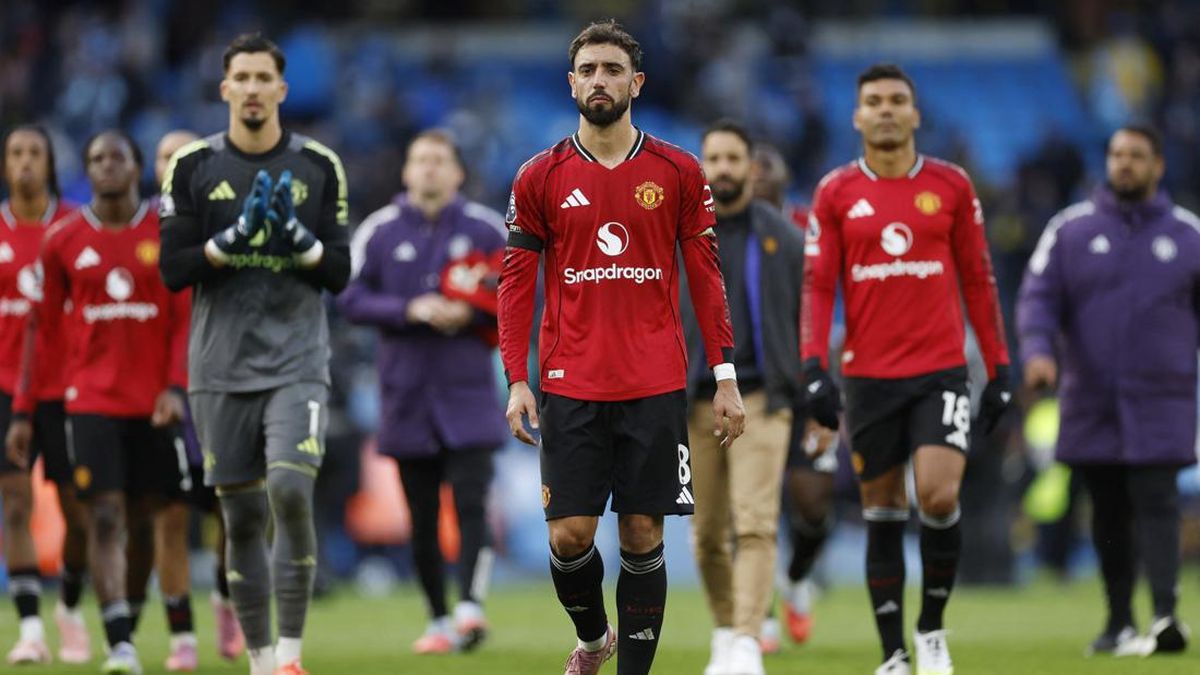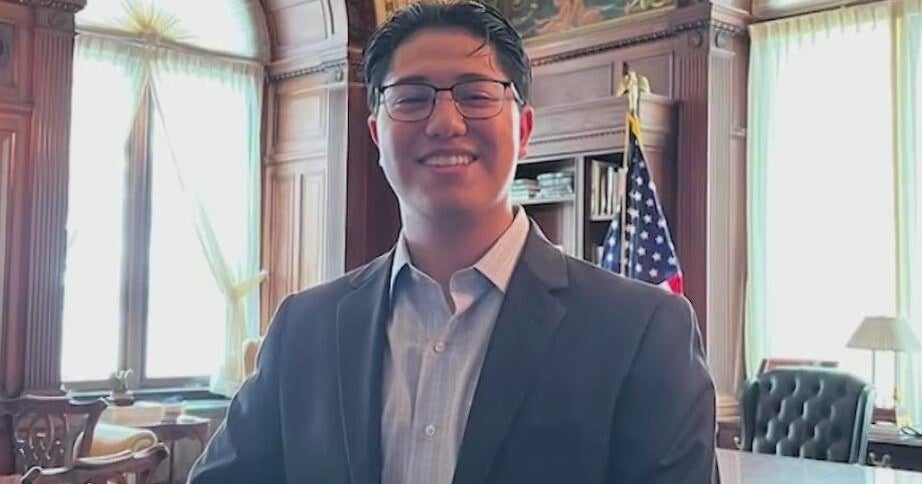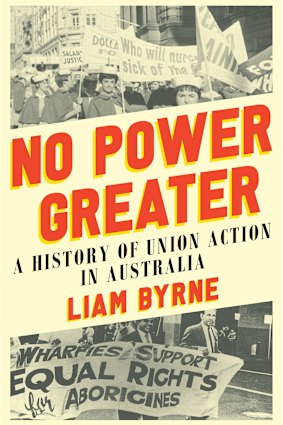
INDUSTRIAL RELATIONS
No Power Greater: A History of Union Action in Australia
Liam Byrne
MUP, $34.99
My biggest fear about No Power Greater by labour historian Liam Byrne was that the book would avoid the C word.
Sure, you can totally sympathise with someone who believes in the vital power of unions wanting to omit the bad sister, the CFMEU, and its assorted chaos, mayhem and links to alleged corruption. Byrne ensures it’s in there, even though this publication’s Building Bad revelations coincided with his deadline.
And again, even though he works at the Australian Council of Trade Unions, he doesn’t shy away from the union movement’s flaws. As Byrne puts it, “unions are the product of an unequal society”. Hard not to take on those values – and the movement must reject them.
Byrne writes movingly of William Cooper, Aboriginal activist and unionist, who appealed to his “brother unionists” for assistance, but those brothers mostly ignored him. “At this point, Aboriginal and Torres Strait Islander rights were not considered a priority.”
There’s a powerful song, The Testimony of Patience Kershaw, by British folk band the Unthanks. It’s evidence Kershaw gave before a commission into the employment of children, set to music – and if ever anything showed exactly why hearing the voice of workers matters, this was it.
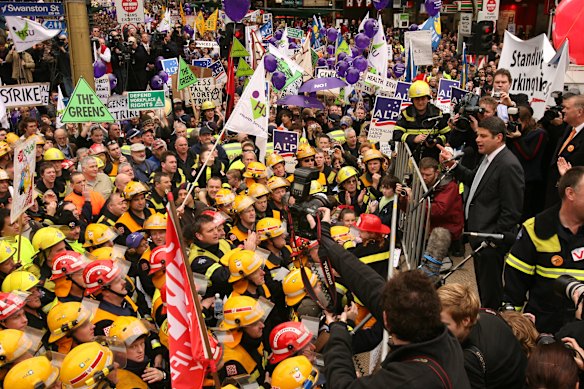
Thousands of workers and union supporters rally in Melbourne in 2006 to protest against the Howard government’s WorkChoices legislation.Credit: Jason South
“Now, sometimes, Sir, I don’t feel well, my stomach’s sick, my head it aches/ I’ve got to hurry, best I can. My knees feel weak, my back near breaks. And then I’m slow, and then I’m scared these naked men will batter me/ They can’t be blamed, but if I’m slow, their families will starve, you see.”
Which is why I was a bit freaked out when I started to read No Power Greater. I feared that this would all be tales of the mighty negotiating better deals for workers. And I feared it would be as boring as all get out, where everyone is equal and invisible in a history of the labour movement – solid parity forever.
Silly me. There are a few Patience Kershaws in this book. In 1883, Eileen Creswell comes before a royal commission into working conditions in Victorian factories. She tells them she has no power, that she is no better than a slave. Byrne writes of Creswell: “To complain or argue over rates was to run the risk of dismissal.”
Then 140 years later, Danielle (her last name is not given in the book) tells another story, this time to an Inquiry into Price Gouging and Unfair Pricing Practices. There was an imbalance, she argued: working people were suffering while large corporations were posting major profits. “I never thought I’d be considering whether I pay for a family member’s medication or whether we can go to the doctor.” She worked full time as a nurse but was considering a second job to make ends meet.
And British-born James Galloway, a leader of the Stonemasons’ Society, fighting for the eight-hour work day, while a Melbourne developer dismissed the demands. Apparently, the timing wasn’t right. Such a familiar argument. We also meet Lara Watson, a self-described “mouthy barmaid”, who unionised her entire workplace in six weeks.
Byrne also tells the story of one man who was not a unionist but had an enormous impact on all of us. I knew about the Harvester judgment, but not much about the man who handed it down. He had one of the biggest impacts on Australian working conditions – the president of the Commonwealth Court of Conciliation and Arbitration, James Bournes Higgins. He’d entered law because he thought constant public speaking would help him with his stutter. His decision to rule on what was really a “fair and reasonable wage” had an impact on Australians for decades.
Byrne doesn’t shy away from telling us that unions face hurdles. Membership is in decline while Australia witnesses “growing wealth inequality, a reduction in real wages, a loosening of workplace protections, the growth of insecure work, and the rise of the gig economy”, he writes. Is this a blip? Or a trajectory?
Loading
Criticisms? He doesn’t have much of a gossipy intent. I wanted to know much more about what happened after the ALP lost the 2019 election – it was like the whole nation had rejected Change The Rules. But just a few months later, unions had a decisive effect on managing the COVID pandemic. From being resolutely anti-union, the Coalition took on board the wage subsidy program now known as JobKeeper, a direct result of union advocacy. How on earth did that happen?
And now, the union movement has shored up rights for gig workers, improved gender equity, made it possible for unions to bargain collectively with multiple employers at once.
So there are a few things missing in the here and now. Journalists love the first draft of history. Historians want the full story. Byrne is absolutely going to have to write the next volume.
The Booklist is a weekly newsletter for book lovers from Jason Steger. Get it delivered every Friday.
Most Viewed in Culture
Loading


